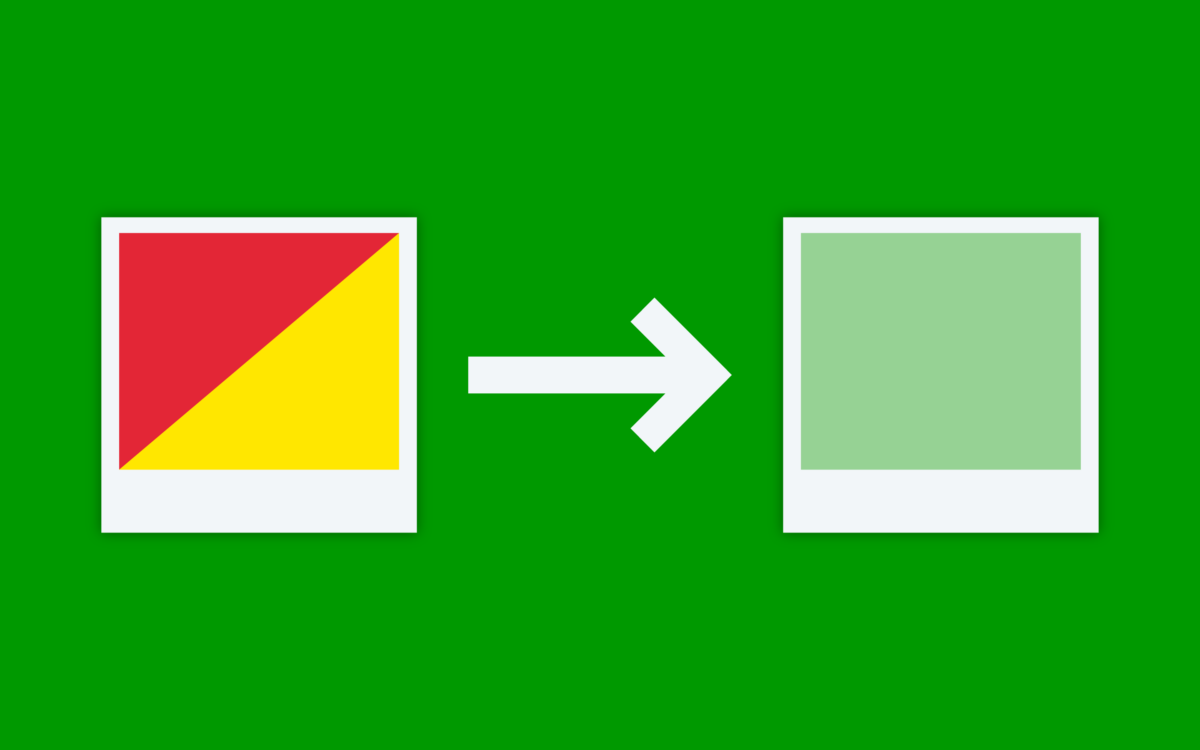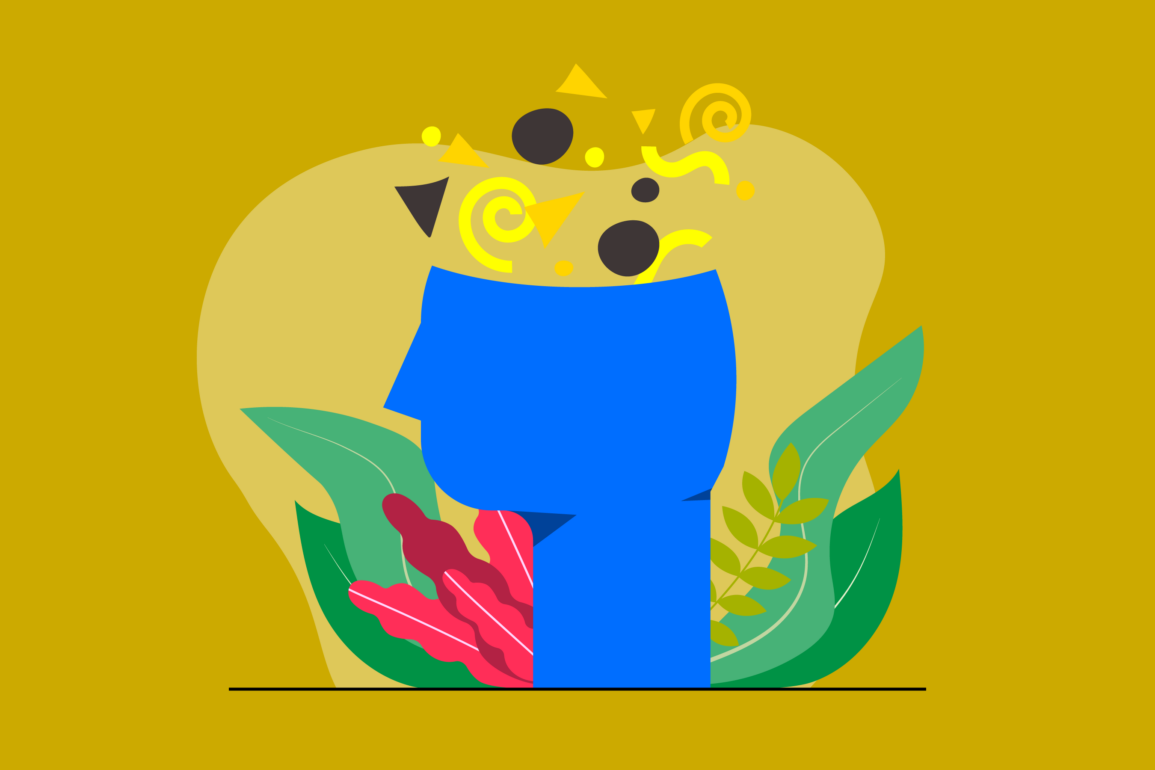What colors make green? Your guide on how to make green

What colors make green? The obvious answer is yellow and blue — but as any true artist or creative will know, there are a multitude of different shades of green to choose from, and different hues require different mixtures of pigment.
Learning how to make the color green might not seem like a particularly challenging process at first. Most people assume they can simply use different shades of yellow and blue to build a variety of complementary colors.
However, if you’re willing to experiment, you can create a host of different types of green for your next creative project.
Today, we’re going to be looking at just some of the diverse range of methods you can use to create the perfect shade of green. Whether you’re trying to depict the hidden life in a painting of plant life, or attempting to create the soft shades for an ocean scape, we’ve got you covered!
Let’s get started…
How to make the color green: An introduction
Color mixing is one of the first skills any artist learns when they begin to explore their craft. While there are plenty of pre-made colors out there for you to buy straight in the pot, a true artist knows the value of being able to mix a new shade from scratch.
With the right mixing skills, you can maintain complete control over the temperature and tone of each shade you use. This allows for the creation of more realistic and compelling pieces.
Green is an extremely popular color, and a common shade in many artistic projects. Green appears naturally all over the world, in our plant life and produce, making it a hue we often associate with life and growth.
In color psychology, green can often be associated with everything from financial success to greed, or freshness.
While for beginners, learning how to make the color green might seem as simple as grabbing a shade of yellow and blue and mixing them together, there are actually a multitude of different colors you can add to green.
By learning how to use primary colors, secondary colors, and tertiary colors correctly, you can design a whole host of green shades.
For instance, primary colors will often deliver a vivid color green while secondary colors will help to create more muted shades, like olive green.

What two colors make green?
Blue paint and yellow paint will instantly result in a shade of green. However, the kind of blue and yellow you choose will also depict what kind of green shade you get. A warm yellow and cool blue will create a very different outcome to a warm blue and a bright yellow, for example.
If you have a basic color palette, a standard ultramarine blue and cadmium yellow will create a slightly warmer shade of green. The deeper the blue, the cooler the potential green you’ll get.
In the standard mixture of blue and yellow for making green, blue makes up the majority of the shade. However, as you learn how to make the color green in different ways, you’ll learn adding more yellow can also give you lighter, brighter shades.
Consider experimenting with adding a small amount of extra blue color or yellow color to different greens to see how it impacts the finishing look. Remember, you can always test your new color on a piece of white paper to get an accurate idea of what it’s going to look like.
Remember these rules:
- Adding yellow to different greens makes the color temperature warmer and brightens the shade. Adding blue creates a cooler shade and can darken the green.
- Black paint will create darker shades of green, but it could also mute the other colors in your mixture, leading to a muddier appearance.
- The easiest way to mix colors correctly is to add a little bit of each shade at a time to see how paint colors affect your new hue.
What colors do you mix to make green?
Yellow and blue will usually form the foundation of any shade of green.
Starting with a specific shade of yellow, like cadmium yellow, and adding new types of blue will create a wide variety of color temperatures. For instance, if you add phthalo blue to the mix, you’ll get a much richer green than if you add cobalt blue.
Cadmium yellow is a very bright base shade, so it’s ideal if you want to create a forest green or vivid green color. Reducing the amount of yellow you add will darken the color, bringing it closer to emerald green.
Using another kind of yellow, such as yellow ochre, cadmium lemon, or Naples yellow will also change the overall outcome of your green. Keep in mind, a darker yellow will reduce some of the brightness in your green, creating a less saturated color.

How to make the color green muted
A bright green won’t always be the right choice for every project.
If you want to create a more complex type of green, the best option is to add additional shades. For a muted green, the best solution is usually to add a very small amount of red paint. Red pigments counteract the cooler shades of blue and create a warmer finish.
Red is the most effective complementary color for green when you want to add earthy, brown tones. A very small amount of red is all it takes to give your green a more natural, muted appeal. It’s worth noting adding red to a deeper shade of green will also make it appear darker.
Remember, if you want to brighten a green which you’ve muted with red, you can also add slightly more yellow. Adding white to the mix is more likely to highlight the underlying colors which could lead to a muddier shade.
If you want a particularly dark green color, you can experiment with shades like alizarin crimson. You can also mute your green with a range of other complementary colors on the color wheel. Burnt sienna is a good option to add to green if you want an earth tone.
What colors mixed together make green darker or lighter?
Green is an extremely diverse color with a wide range of different shades to choose from. Creating green “tints” is essentially what you do when you add the slightest amount of pigment to a green shade to create different tones. These tones can help to depict light and shadow in a painting.
Tints are usually the term used when you want to make the color green lighter, which involves adding various shades of yellow and white.
Remember, adding white on its own can often lead to a basic sage green, but you might want to look into adding equal amounts of yellow and white to create a vivid shade with more richness.
Add more yellow than white to your green mix to create a brighter lime green. There are certain brighter shades of yellow which can really help the lime color stand out.
Which colors make light green?
Adding more yellow paint to your green, such as a bright lemon yellow will create a brighter green base. Alternatively, adding white to your green will create more muted lighter shades. Keep in mind, too much white paint can make the resulting color seem drained.
To avoid a drained shade, lighten your green color mixture with yellows. Cadmium yellow is one of the brighter shades of yellow you can use to enhance your green while making it appear lighter.
Alternatively, cadmium yellow creates a slightly darker light green.
Experiment with very small amounts of orange and other complementary colors if you want to create a muted green, while still maintaining a light shade.

What colors make dark green?
If you’re looking to create darker colors with your green, there are a multitude of options. Starting with the basic combination of cadmium yellow and ultramarine blue, you can design a unique dark green without having to rely heavily on black paint.
Just as white paint can mute your color choice, too much black will drown out the various elements in your perfect green. To get the best results, experiment with shades like dioxazine purple. This will add a warm and rich element to your deeper green.
Adding another shade of green, like phthalo green into the mix, or even phthalo blue will deepen the blue tones in various shades of green and create a color both darker and cooler at the same time.
Burnt umber, alternatively, or cadmium orange added to your green mix will strengthen the yellow shades and give your green an earthy impact.
Changing the color temperature of green
As you can see, there are many different ways to create your favorite colors of green if you’re willing to experiment with different shades. Usually, when you’re creating the perfect color palette, your main focus will be on creating a variety of warm and cool green shades.
Warmer shades are usually ideal for a summery landscape, while cooler shades are great for waterscapes and cold places.
Yellow is the main color you’ll use to bring warmth to a green. Different yellows can produce a host of green tone options. Yellow ochre is a warmer yellow great for creating a deep earthy green, while cadmium yellow creates a more vivid green.
Blue leans naturally to the cooler side of the color palette, starting with the cooler manganese blue, and working up to a slightly warmer ultramarine blue.
Making cool colors with green
If you want to build a much cooler shade of green, the best strategy is to use color theory to add cooler hues into the mix. Purples, deeper blues, and even greens with a lower color temperature are all ideal for making your green look cooler.
Cooler shades of green are particularly usefully if you want to create a sense of shadow or make a green color look like it belongs in the background.
Provence violet blush will create a subtle green color perfect for forests and wooded areas. Dioxazine purple is ideal for making your greens look cooler while also adding a level of darkness to the mix.
If you already have a few different shades of green in your color palette, adding some other greens into your existing mix can also cool down the color, while making it more saturated.
Veronese green is great for creating a rich green color, while phthalo green can add saturation while making the shade appear darker, and denser.
Making warm colors with green
Just as you can make cooler shades of green by adding shades of blue and purple, you can also warm up your green in a multitude of different ways. A warm blue color as a base is often a good start, but you can also experiment with different amounts of yellows and orange pigment.
An orange color like cadmium orange is a fantastic way to add warmth to green tones if you want to create a more earthy tone. Be careful not to add too much yellow or orange to your green tone, as you could end up making it look a little too brown.
Alizarin crimson is another way to warm a green, but it won’t be a good idea if you want a lighter green, because the shade is very deep and pigmented. Cadmium red is a little less aggressive if you still want to build a light color.
Yellow ochre is fantastic if you want to create a deep shade of green with an earthier element to it. The brown tones of yellow ochre create a tone closer to a kind of leafy or mossy green.

How to make the color green without using yellow
As you can see from the color mixing we’ve done so far, there are various great ways to create a fantastic shade of green for your artistic project. However, most tones will require the colors blue and yellow to some extent.
It is possible to create the color green without using any yellow but doing so will often lead to a much darker and more muted shade – closer to a brown, earthy tone.
To create green without yellow, you’ll need a relatively light shade of orange. Lemon yellow and cyan will create a pure green, while cyan and orange will create a slightly muted brown shade.
To make a lighter shade of green, you can mix your orange with a cooler blue like phthalo blue, experimenting with the proportions.
We recommend using very small amounts of paint when mixing outside of the standard yellow-blue combination, as it’s easy to go too far and make brown instead.
Another option is to replace the yellow in your standard green formula with the raw sienna shade. Once again, you’ll end up with a far more muted and warmer color than you would when starting with yellow.
You may need to consider adding some extra green to the mix if you want to create different tints and tones without using yellow.
How to make green: Finishing thoughts
While you can avoid the hassle of designing your own shade of green from scratch by simply buying a wide range of pre-mixed greens, color mixing can be fun.
Learning how to make green in various shades and tones gives you more variety and depth to work with when you’re creating paintings and other art pieces.
Green is one of the most versatile and common colors you’ll use in your artwork, so it’s worth knowing what it takes to make a bright lime green or a deeper forest green whenever you need to.
Keep in mind, the more you experiment with your color combinations, the more you’ll be able to discover different ways of creating the perfect green.
Don’t forget, when you’re mixing your shades, it’s a good idea to keep a piece of white paper nearby where you can test your new colors and write down the ingredients required to make the same shades in the future.
This will mean you can come back and create the same tones later.
How to make green: FAQ
Which two colors make green?
The most obvious way to create the color green is to mix yellow and blue. Typically, cadmium yellow and ultramarine blue are some of the most common picks. However, you can also experiment with lemon yellow and cyan to create a “pure” green.
Can you make green without yellow?
You can create a shade of green by mixing the color blue with orange shades like raw sienna and bright orange. However, the lack of yellow will mean you end up with a muddier shade.
Often, you’ll need yellow to counteract the impact of the blue in your color mixture. You can also make green by mixing various shades of green in a secondary color wheel.
How do you make light green?
Making light green colors is simple enough. You can start with a standard yellow and blue mixture, then add further pigments to lighten the resulting shade. Usually, the colors you add will depend on the kind of results you’re trying to create.
A mint green paint will require a mixture of white and a little yellow. Some brighter greens will need more yellow than white. Yellow creates brightness, while white mutes and flattens the color.
How do you make dark green?
You can make a green appear darker by starting with deeper colors when you first start mixing, such as ochre and phthalo blue. However, it’s important to be careful when you’re mixing darker shades of green because they can often become muddied and brown.
Start with a basic shade of green and add small amounts of blue or purple to make your color look deeper. You can also add a very small amount of black but be careful not to add too much.
How do you make forest green?
Forest green shades are often a lot darker than your standard color of green. This means you’ll need to deepen and darken your tone after creating a basic green. Adding shades of black and purple to a vivid and vibrant green will create some beautiful forest colors.
Which colors complement green?
White is an excellent color to go alongside green, but the complementary shades can depend on the kind of image you’re trying to create.
Yellows and warm colors can look fantastic alongside a warmer green, while blues and purples look great when placed next to a cool green shade.
Fabrik: A branding agency for our times.
Now read these:
—Exploring the colors of the rainbow











